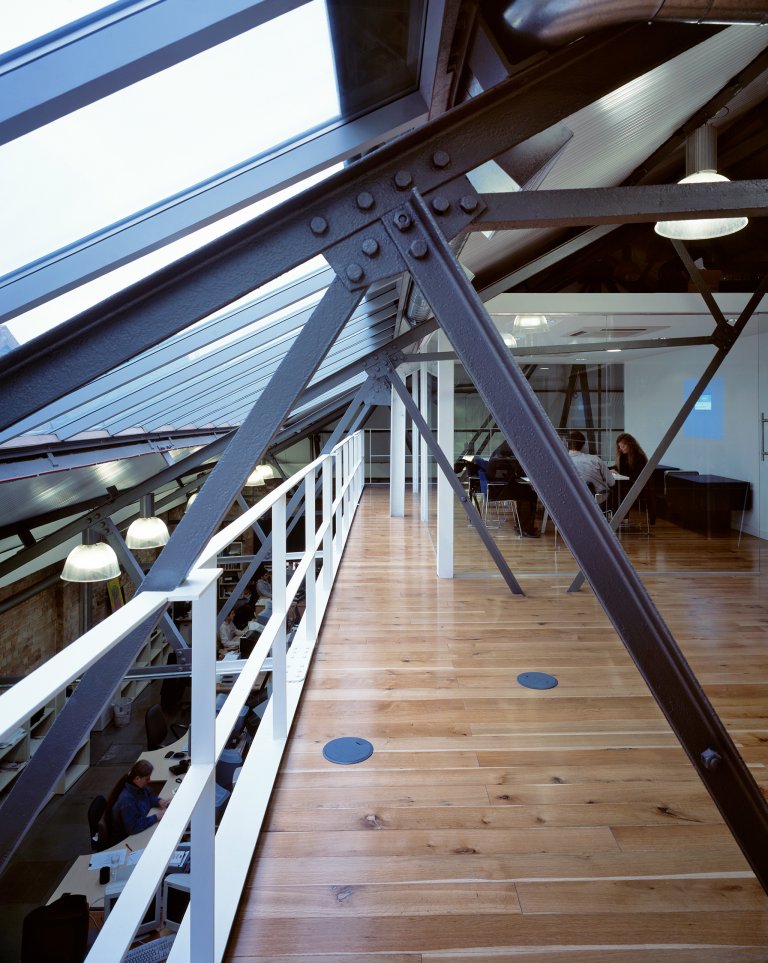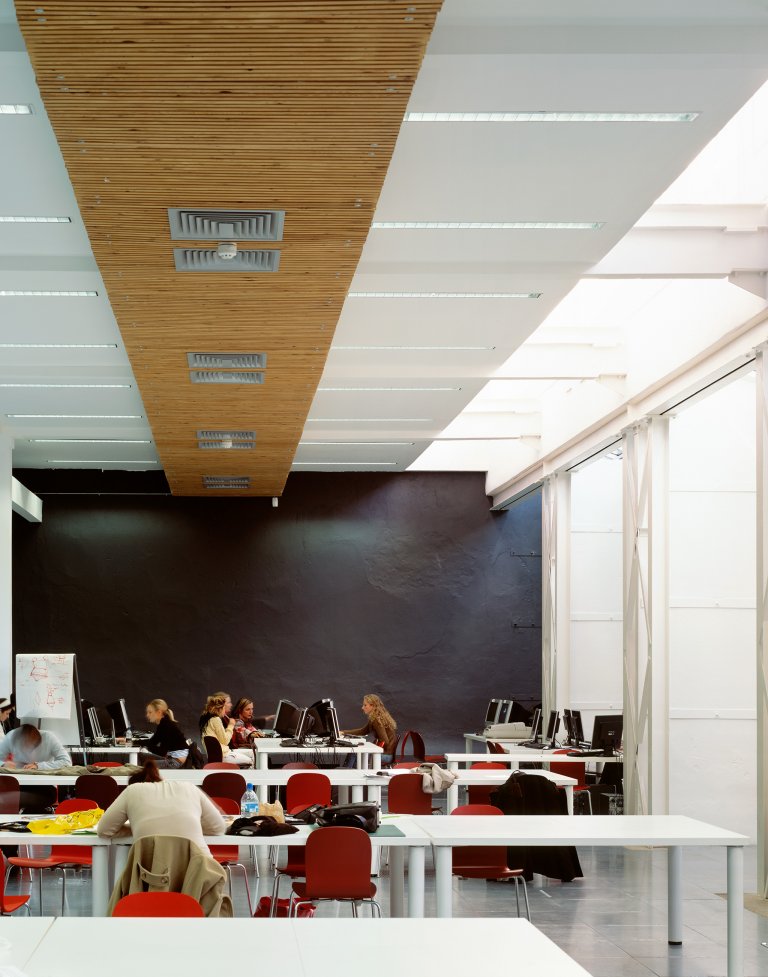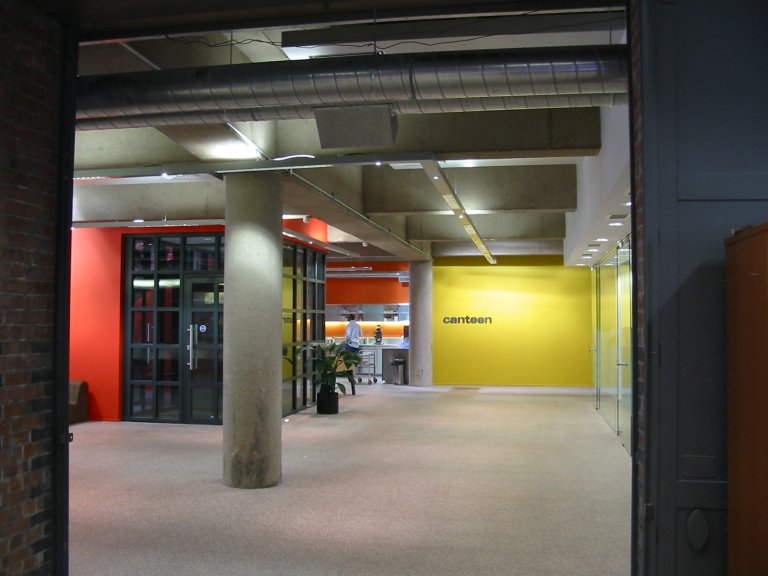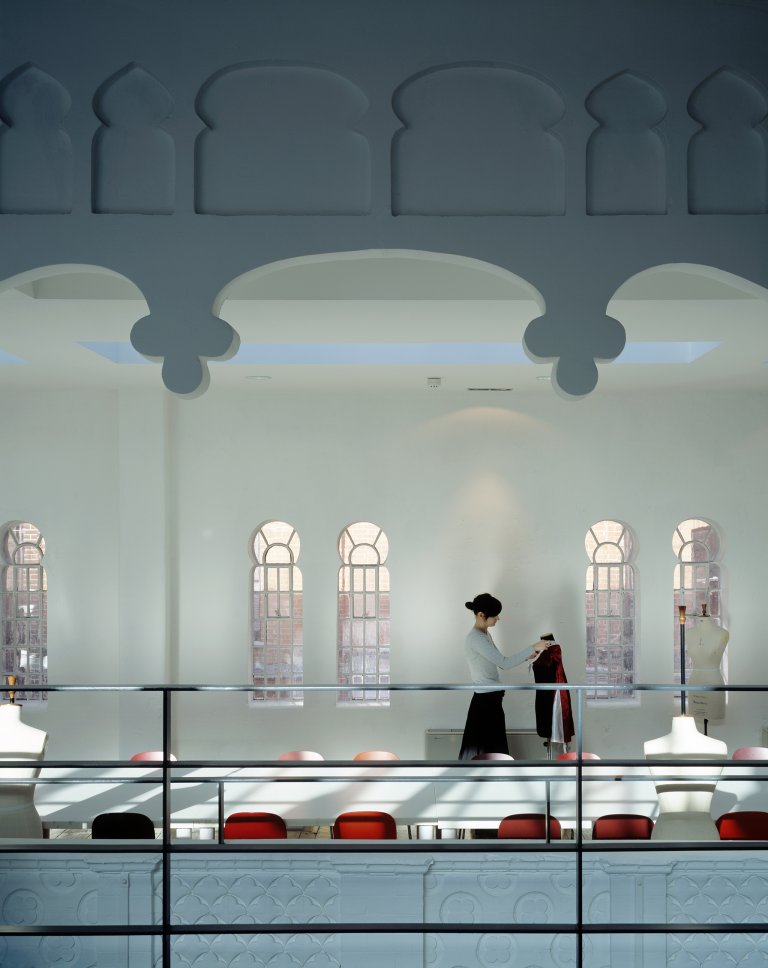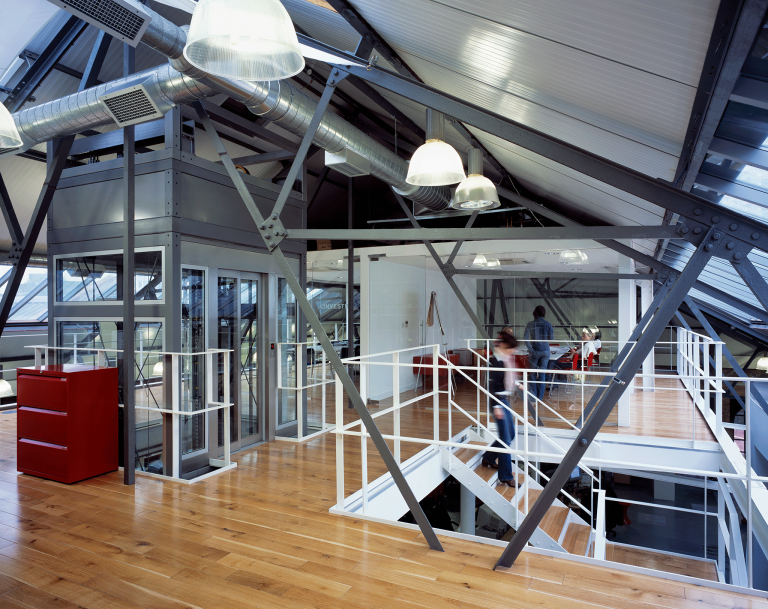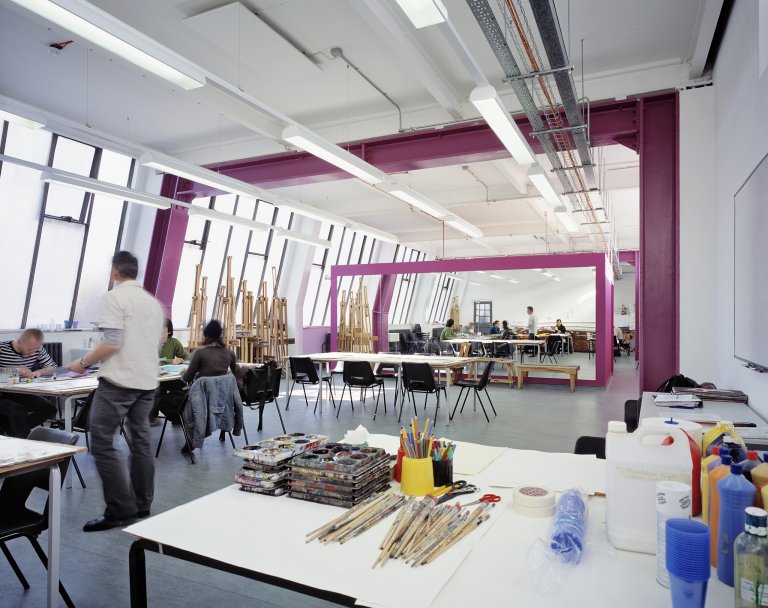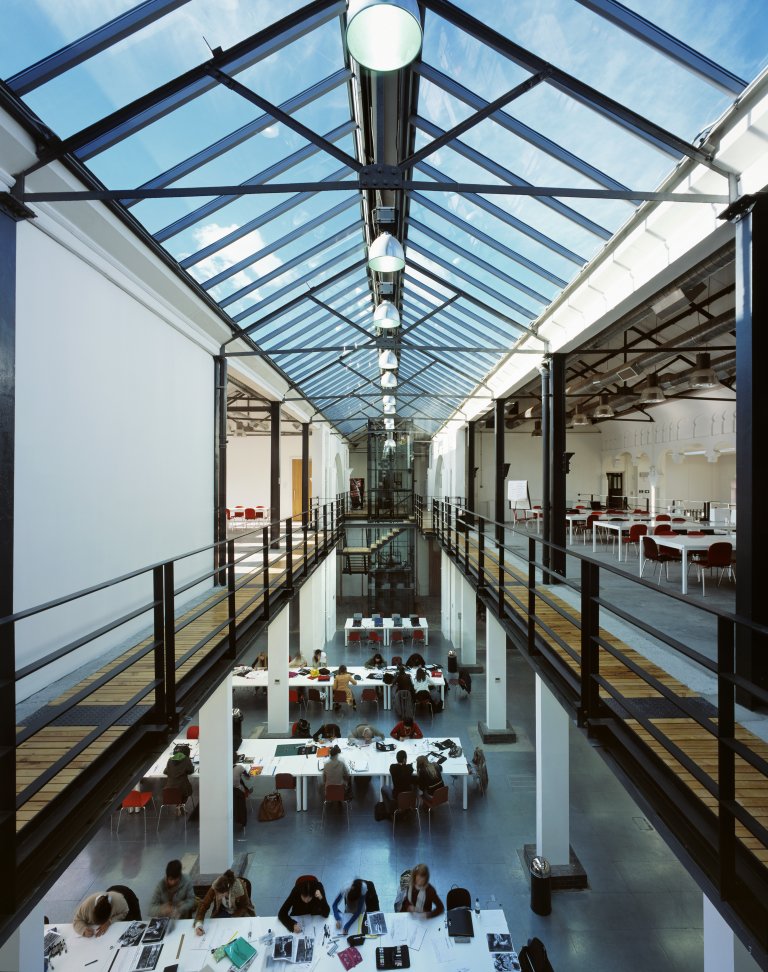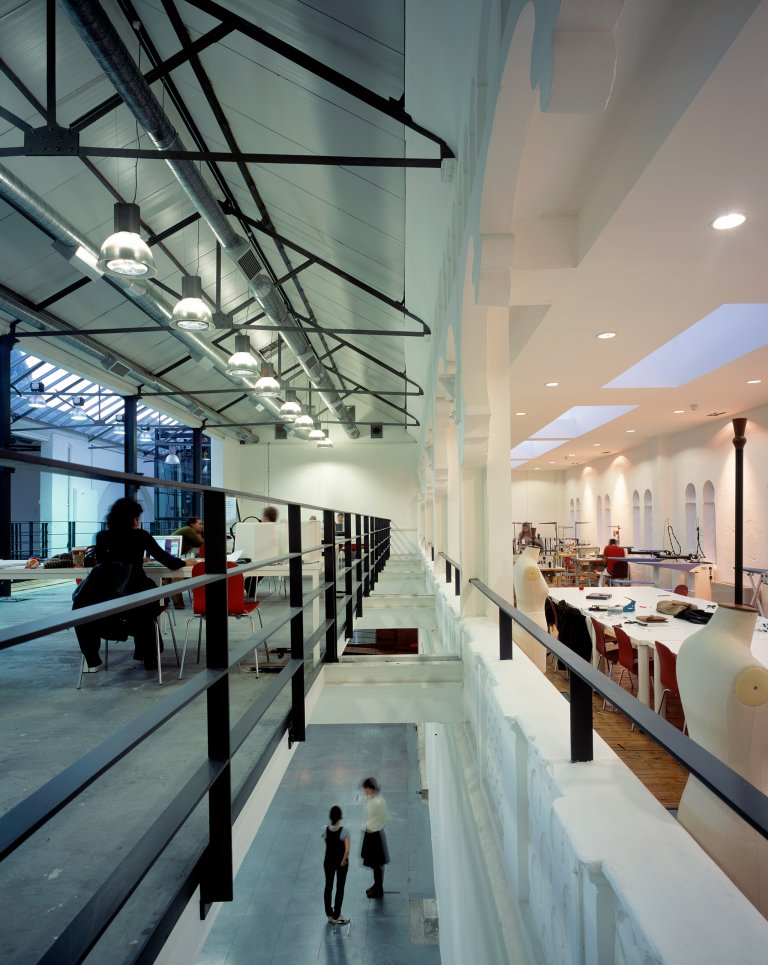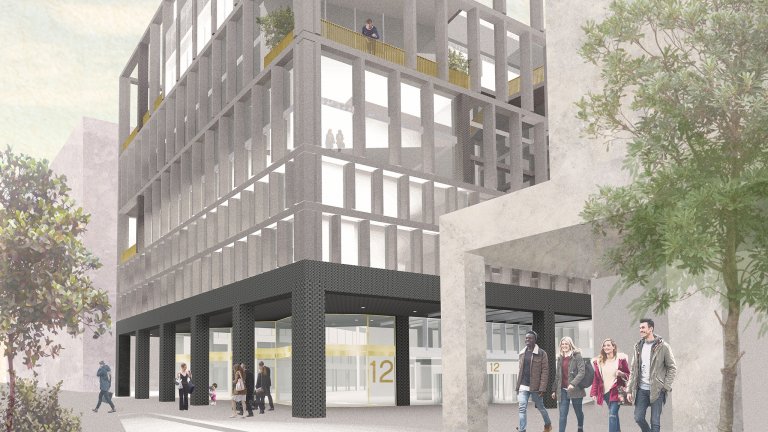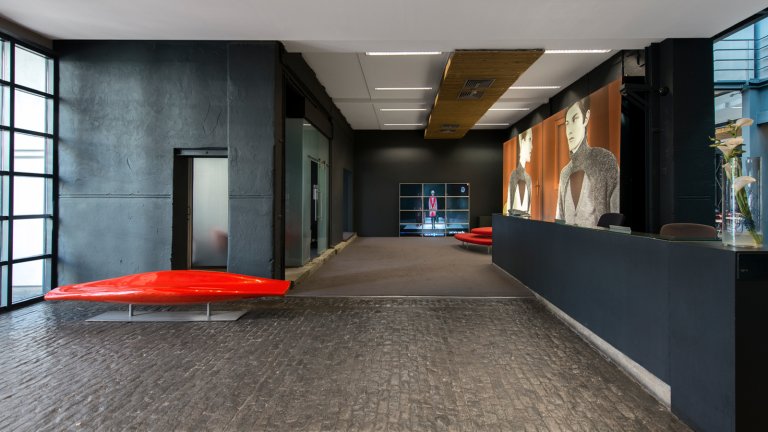
Project summary
- Client: University of the Arts
- Location: London
- Sector: Education / Interiors / Workplace
- Size: 100,000 sqft
- Value: £5 million
- Status: Completed
Awards
- BCO AwardsCommendation | 2004
Story
London College of Fashion – now Instituto Marangoni – stretches the South side of Fashion Street and its refurbishment has made a significant contribution to the regeneration of the entire area popular with the creative industries. The distinctive character of the Grade II listed buildings has been retained whilst the interiors have been opened up to provide light-filled studio spaces and mezzanine floors.
A heritage asset
The project consists of the re use and refurbishment of a group of listed buildings originally constructed shortly after the turn of the 20th century. Originally built as market buildings, they have since been used as a truck factory and rag trade warehouses. The buildings are located to the East of the City of London close to the regeneration area of Brick Lane.
The project was conceived between DLG Architects and the developers, the Mahboubian Family Trust. Due to the proximity of the DLG to the site and the developers using an in house construction arm as their main contractor, a very fluid approach to the design and development of the scheme was adopted. This allowed continuous evolution during the construction period thereby attracting a greater variety of tenant to the scheme which combines a mix of office and educational uses with the potential for A1 shopping if desired.
The existing buildings although in a very poor state were of a very strong character with distinctive “Moorish” detailing on a very long and ornate street facade. Much of the internal structures had been replaced by reinforced concrete between the wars with warehouse loadings, both suitable for office uses and sufficiently massive not to want to change too much! The existing roof structures are also of strong character and the iron trusses provide clear spans and the potential for plentiful daylight into a deep plan. Finishes were generally sandblasted original brickwork and concrete frame.


